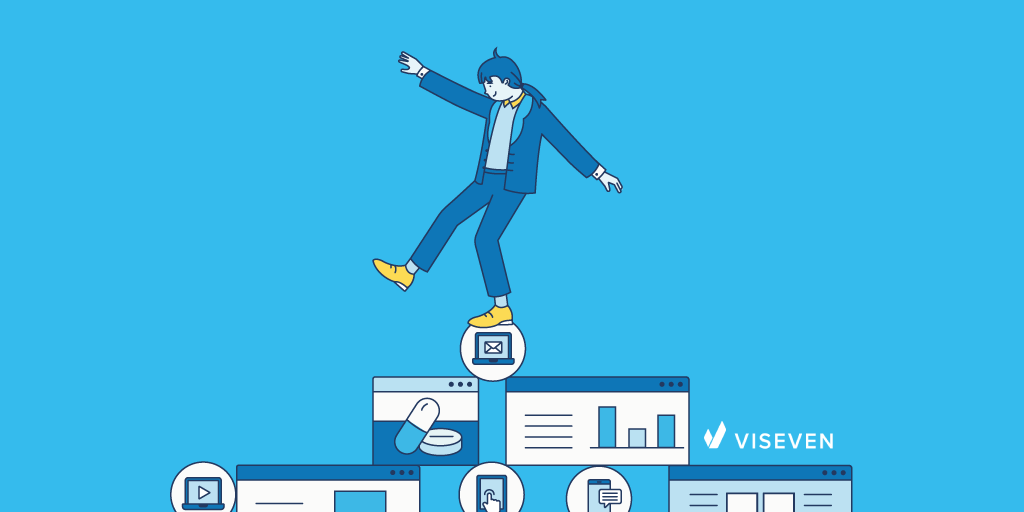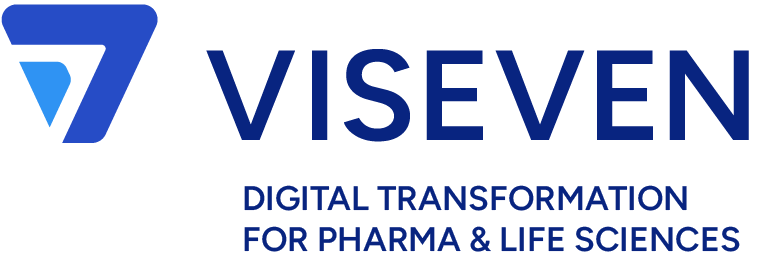Dynamic Content and Advanced Personalization in Omnichannel Communication

Isn’t it great when someone knows exactly what you want at this moment? Dynamic content adds a personal touch needed to attract a customer and foster brand loyalty. Moreover, it sets a much deeper level of personalization that is currently under-proposed by pharma. Email remains one of the most effective tools for HCP engagement, so marketers are currently employing their best efforts to personalize this communication channel. In this article, we’ll try to investigate the power of dynamic content in personalization and HCP engagement and identify how it affects the email open rate.
Why personalization matters
The old one-size-fits-all strategy is no longer effective in customer engagement. A successful marketing campaign should make every customer feel an exceptional. Now simply entering the username in an email template and considering it personalized is like swimming in shallow water. So, the more personalized content you create – the more loyalty you get. It should take priority when you build an omnichannel strategy because the word ‘omnichannel’, above all, means personalization across channels. Personalization is meant to improve communication with HCPs across all channels and at every touchpoint.
74% of marketers say customer engagement is increased by targeted personalization. One of the key ingredients of omnichannel personalization is the adaptive content, which facilitates personalized interactions across all channels.
What is dynamic content?
Have you ever wondered why the video recommendations in your YouTube account match your preferences so perfectly? It’s all about dynamically generated recommendations based on your user behavior. Can users enjoy it in emails? Dynamic content opens up more possibilities for deep personalization of this communication channel.
Dynamic content allows to create a general template for communication, that can be modified during the distribution process according to the customer segmentation (specialization, geography, age, gender, etc.) and attributes of their actions. This data is supplied by the users and collected from landing pages, forms, etc. Therefore, dynamic algorithms can change the format and placement of the content on a website or blog.
The static content is much easier to implement, however, the difference is that dynamic content is applicable almost everywhere. You can use it on email marketing campaigns, social media ads, websites, etc.
Dynamic content in email marketing
Marketers use dynamic content at each stage of the customer journey because it greatly encourages their personalization efforts. In email campaigns, using dynamic content, you can create a single template that can be customized according to users’ data and preferences. Your subscribers will get the same email but with the separate images, call-to-actions and many other components. According to statistics, the click-through rate is improved by an average of 14% when using personalized email messages.
Traditional personalization methods cannot provide such a personalized experience for your customers, and therefore they are less relevant today. Moreover, traditional email personalization methods require more customer data and segments, while dynamic content saves money and time spent on crafting hundreds of emails.
Dynamic content in omnichannnel strategy
Personalization in pharma is more in short supply rather than in excess. That’s why, there are plenty of reasons to start introducing dynamic content in your campaigns. The benefits of using it are obvious – it makes our messages more focused, personalized, interesting, and tailored for each user. At Viseven, we have conducted a series of A/B tests on different projects and tried to calculate how much personalization increases engagement and how it affects emails’ opening rate. One of the factors was the mention of the city in the email body. As a result, the open rate in our campaigns increased up to 34%.
What does it take to make your content dynamic? From a technical point of view, many advanced automation platforms (Salesforce Marketing Cloud, Oracle Eloqua, Adobe Campaign) make this a reality. However, the key points to successfully apply this approach are:
1) Availability of certain data about HCPs
Relevant emails must be of value to the target HCP recipient. Good segmentation of your target audience (existing accounts in CRM, prospective accounts or database records, or even the populations you’re targeting) will give you a clear idea of your potential customer. Creating personas allows you to single out a hypothetical persona that shares common characteristics for one group of your customers. The steps for creating a customer persona and segmentation are the same. This is the first step to the content that is relevant to the recipients.
2) The correct use of the data
It is important to make sure that this data is organically integrated with the content and perfectly aligned to specific customers’ needs. If necessary make the required changes to keep the content engaging to subscribers. A group of brand managers and omnichannel specialists must also identify how physicians want to engage with that content and in which format.
3) The content itself
Above all, you must provide HCPs with the content they want and that adds value to HCPs’ practice. Each HCP segment needs specialized content and wants to receive it in customized engaging formats. Even two endocrinologists will not necessarily be interested in the same content, because they may have different patient profiles as typical/predominant. Dynamic and personalized content should contain news or insight, and take into account the user’s previous interactions with the brand. Moreover, this message should engage users in further intense interactions with the brand.
When it comes to effective email marketing, the marketer armed with the right data and delivering relevant content knows no boundaries. Dynamic content is a way to increase your exposure and click-through rate. What’s more, it saves your time, increases engagement, and improves customer experience. Today this approach assumes its rightful place in omnichannel campaigns as a powerful catalyst for comprehensive personalization. eWizard platform and the team of omnichannel experts create dynamic email content that turns your messages into an interactive and dynamic story. Fill out the form below to learn more about our expertise in the development of dynamic email content and get as much personalization you want.



